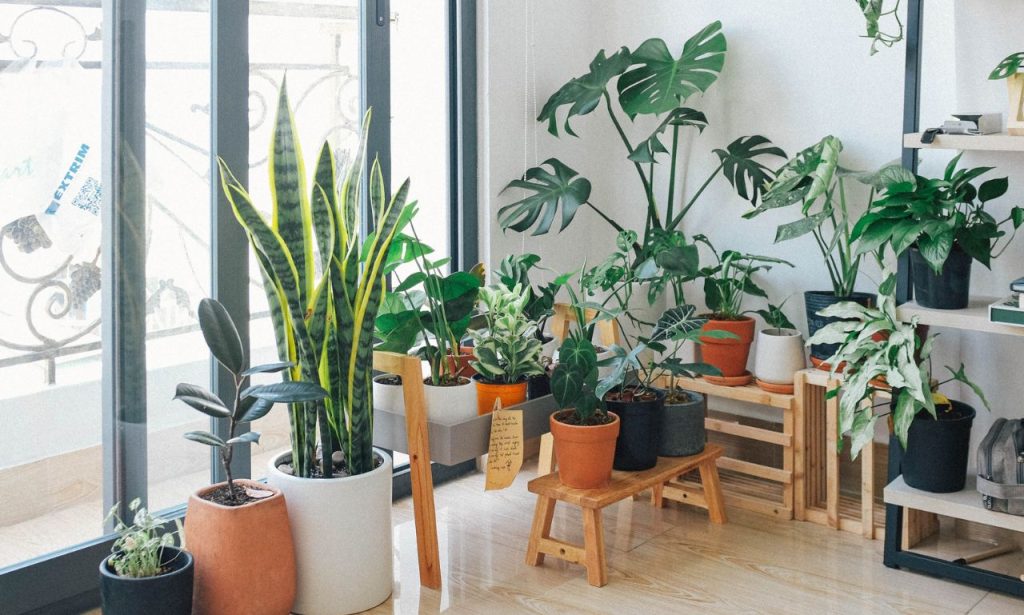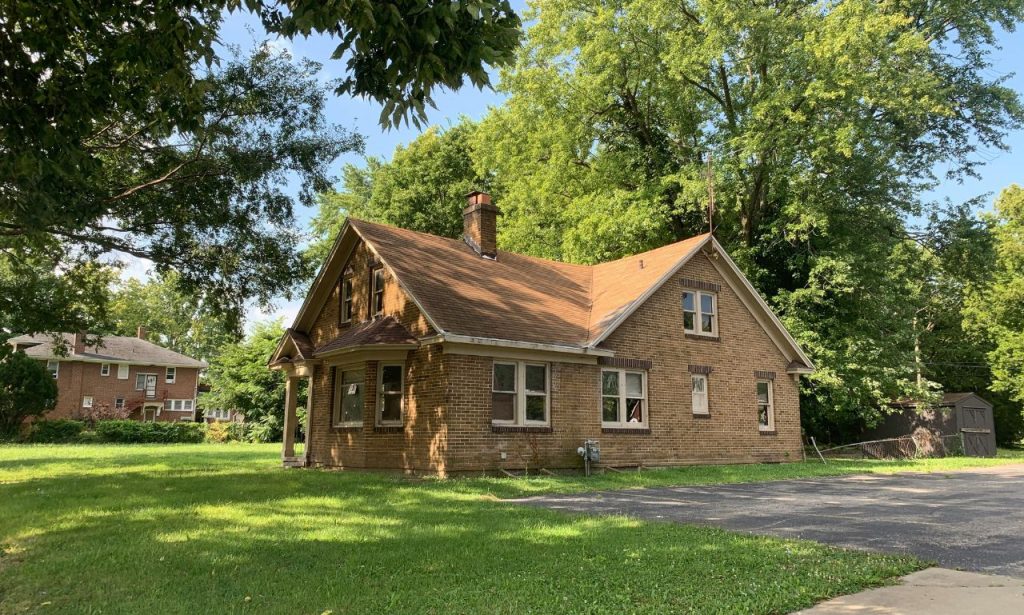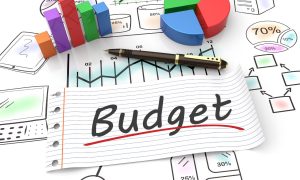Rising utility bills, climate concerns, and the push for sustainable living have made green homes more than just a trend—they’re now a necessity. Yet, when most people hear “green home,” their first thought is often that it’s going to cost me a fortune. Here’s the truth: transitioning to a more eco-friendly lifestyle doesn’t have to mean emptying your wallet. In fact, the smartest shifts often save you money almost immediately.
This article will show you exactly how to transition to a green home without breaking the bank. From simple daily habits that cost nothing to strategic upgrades supported by incentives, we’ll lay out a roadmap that blends financial practicality with environmental responsibility.
The Green Home Dream
A green home isn’t just about solar panels on rooftops or sleek smart thermostats—it’s about creating a healthier, more efficient space that minimizes waste and maximizes comfort. Imagine a home where you pay less for heating, your lights last longer, and your water usage drops dramatically. It feels good, both for your bank account and the planet.
The dream here is balance. You want affordability without compromising quality of life. And while massive upgrades can make headlines, the true power of going green lies in consistent, incremental steps that accumulate into lasting transformation.
Your Roadmap to a Budget-Friendly Transition

The path to an eco-friendly home can seem overwhelming. Should you start with insulation, appliances, or lifestyle tweaks? The key is a roadmap: begin with no-cost habits, move into low-cost adjustments, then focus on smart investments with quick returns.
This step-by-step approach ensures you see results early, which keeps you motivated. It also helps you avoid costly mistakes, such as over-investing in the wrong areas. Think of it like building financial wealth—you don’t need everything at once, but steady changes compound over time.
Immediate Impact with No-Cost & Low-Cost Changes
Optimize Your Energy Habits for Instant Savings
Energy waste often comes from small, unnoticed behaviors. Turning off lights when you leave a room may sound obvious, but according to the U.S. Department of Energy, lighting accounts for roughly 15% of a household’s electricity use. Switching to LED bulbs can cut that portion by up to 75%.
Beyond lighting, unplugging “phantom load” devices—such as chargers and electronics that draw power even when turned off—can save $100 to $200 annually. A family in Ohio tested this by plugging devices into power strips, flipping them off nightly. Their electric bill dropped by 12% in a single month.
Even adjusting your thermostat can pay off quickly. Lowering winter settings by 2°F and raising summer settings by the same amount can save approximately $180 per year, according to the Energy Star program.
Seal Up Your Savings
One of the biggest drains on both energy and money is a poorly sealed home. The good news? Caulking windows and weatherstripping doors cost less than a dinner out, yet they can shave 10–20% off heating and cooling bills.
Consider the case of a Chicago homeowner who spent under $100 sealing drafty windows. That winter, their gas bill dropped by almost $400 compared to the previous year —a small effort with a big payoff.
Don’t overlook insulation. While complete upgrades can be costly, even DIY insulation film for windows in winter provides immediate comfort and noticeable savings.
Water-Wise Habits for Instant Savings
Water efficiency is another fast win. Simply fixing leaks can save the average household 10,000 gallons annually—equivalent to 270 loads of laundry. A dripping faucet may seem minor, but it adds up quickly.
Low-flow showerheads and aerators, which cost less than $20 each, can reduce water usage by up to 50% without sacrificing pressure. A San Diego couple swapped theirs and saw their water bill drop by $25 monthly. That’s $300 a year for a small one-time investment.
Simple behavior shifts matter too. Shortening showers by just two minutes can save approximately 1,500 gallons of water per person per year. Multiply that by a family of four, and the savings become impossible to ignore.
Smart Investments with Rapid Returns
At some point, no-cost adjustments reach their limit. That’s when targeted investments step in. Focus on upgrades that pay for themselves quickly.
Smart thermostats are a perfect example. Models like Nest or Ecobee often save households 8–12% on heating and 15% on cooling costs annually. Considering the average unit costs $150–$200, many households recoup expenses in under two years.
Another wise investment is upgrading to ENERGY STAR appliances. A modern refrigerator uses 40% less energy than a 10-year-old model. While the upfront cost can be significant, the long-term savings on electricity bills often cover the difference within three to five years.
Even your washer and dryer matter. Energy-efficient washers use about 25% less energy and 33% less water when doing frequent laundry; those savings compound dramatically.
Leveraging Incentives for Transformative Upgrades
This is where many homeowners miss out: incentives, rebates, and tax credits. Governments and utilities want you to go green, so they help foot the bill.
For instance, in the U.S., the Inflation Reduction Act offers credits covering up to 30% of costs for solar panels, efficient HVAC systems, and even home battery storage. That turns a $10,000 investment into a $7,000 cost immediately.
Local utilities also offer rebates for upgrades such as efficient water heaters or insulation improvements. In Texas, a homeowner received a $1,200 rebate for installing a high-efficiency air conditioning unit, cutting their payback period in half.
Check your local programs before making any upgrade. These opportunities often mean the difference between a 10-year and a 5-year return on investment.
Beyond Energy
A green home isn’t just about reducing utility bills. It’s about health and lifestyle.
Indoor air quality improves when you use natural cleaning products and choose low-VOC paints. These options reduce exposure to harmful chemicals while still being affordable. For example, a teacher in New York switched to eco-friendly cleaners from baking soda and vinegar. Not only did she spend less, but her child’s chronic allergies improved noticeably.
Gardening is another overlooked element. Growing your own herbs, fruits, and vegetables reduces reliance on store-bought goods. Even a small balcony garden can cut grocery bills and bring fresher food to your table.
And don’t underestimate furniture choices. Reclaimed wood or secondhand pieces often cost less than new, all while reducing demand for new resource extraction.
Smart Planning

Transitioning to a green home doesn’t mean tackling everything at once. The most brilliant strategy is pacing.
Create a priority list: start with immediate, no-cost habits, then move to low-cost adjustments, and finally tackle bigger upgrades as finances allow. By structuring your transition, you spread expenses over time, allowing you to enjoy incremental benefits as you go.
Also, measure progress. Track your utility bills, water usage, and even indoor comfort levels. When you see results, motivation grows. For example, one Maryland family kept a spreadsheet of monthly energy usage. Within a year, they’d cut expenses by $1,500 and had clear proof of their progress.
Conclusion
Learning how to transition to a green home without breaking the bank isn’t just about saving money—it’s about building a sustainable lifestyle. From flipping off light switches to leveraging government rebates, every step matters.
What’s powerful is the compounding effect. Small daily habits create quick wins, low-cost fixes lock in savings, and wise investments backed by incentives deliver long-term transformation. Going green isn’t a luxury anymore; it’s the most intelligent financial decision you can make for your home and your future.
So, ask yourself: what’s one change you can make today that your future self will thank you for?
FAQs
Start with no-cost habits, such as adjusting thermostats, turning off lights, and fixing leaks. These changes create immediate savings.
Not at all. While solar energy is powerful, a green home also incorporates efficiency, water conservation, and healthier materials.
Most models pay back in one to two years through lower heating and cooling bills.
Yes, many countries offer rebates or tax credits. For example, Canada provides incentives for insulation and efficient heating.
Absolutely. Renters can utilize low-flow showerheads, LED lighting, draft stoppers, and smart plugs without making any permanent changes.




